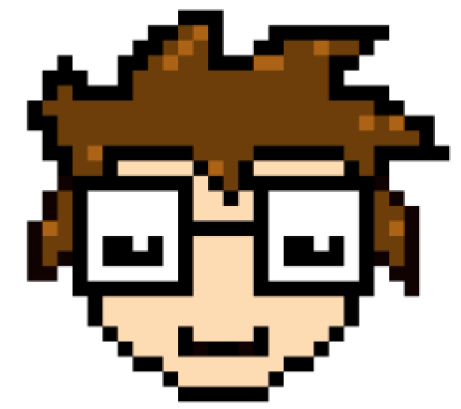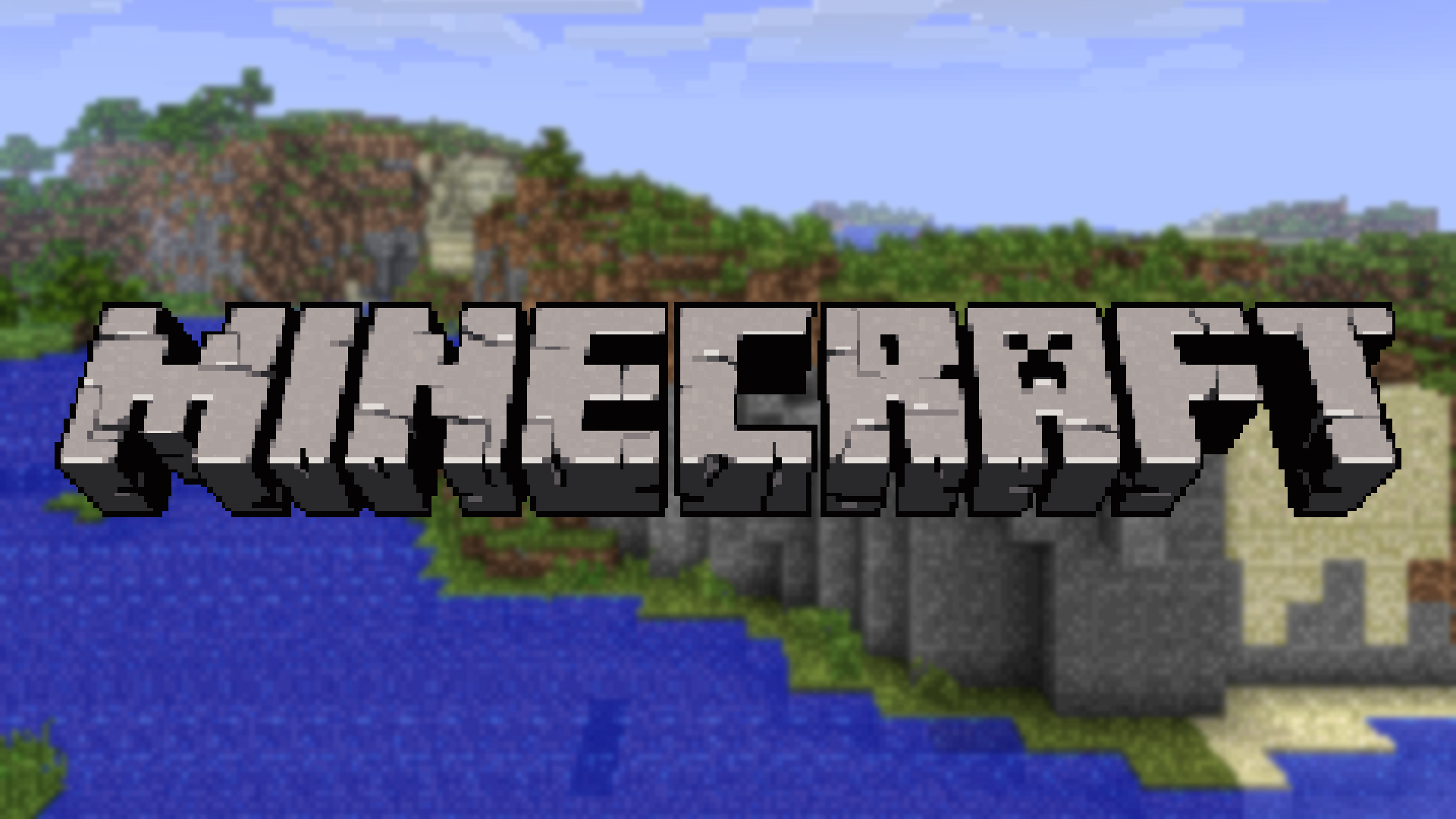“Curiosity has the ability to reach deep into the soul and draw out the best and most engaging aspects of our personalities” (Kurti, R. Steven., et al., 2014).
I found this quote when working on my literature review and annotated bibliography for my LIBR 200 research paper. I never intended to be a teacher librarian but I feel like all librarians in some form or another are inherently teacher librarians in a sense. This quote was found when I was researching the learning potential that is emerging from educational makerspaces in libraries.
As can be seen from my previous blog post I will be studying Minecraft and its use as an educational tool and more interesting the information communities that are emerging as a result of the massive open world potential of creating in this virtual space.
One of the more interesting aspects of Minecraft and other educational makerspaces is the breakdown of terms like experts and professionals. In educational makerspaces the lines between teacher and student become increasingly blurred (Kurti, R. Steven., et al., 2014). When one user experiences a problem within an educational makerspace they openly collaborate with another user. In this situation one user becomes the student while the other takes on the classic role of the teacher. As the collaboration continues both users are actively engaged in the learning process.
Minecraft however is slightly different, unless the users computers are in the same room as each other Minecraft users cannot employ the same face-to-face collaboration as traditional makerspace users. This is where the creation of virtual web spaces like Project Minecraft and other information tools (such as YouTube) can shine. This is one aspect that I really want to focus on in my research paper. The role of user generated content (UGC) in Web 2.0 environments. YouTube in online information communities act an asynchronous collaborative tool amongst users. Feedback can be given in the form of comments. This kind of sharing of information can be seen in the video below.
In this video ACtennisAC (pseudonym) documents his problem solving thought process for creating an escalator in Minecraft. Using techniques used by other YouTube content creators they show various iterations of mechanisms that could create a working escalator in game. This virtual asynchronous collaboration allowed ACtennisAC to solve the problem he set out to solve and engage in the process of problem solving in a unique way.
In another video the same user documents his creative process in creating a 3D printer within Minecraft. I think that a lot of people will see these videos and ask, “Why would you need to create any of these things in a virtual world?” To them I would say this is the very essence of what Minecraft is, mini projects that encourage people to solve problems. These mini projects are giving users skills that can be applied to any project they will encounter in real life situations.
Also in my research I countered an interesting work by Henry Jenkins in Confronting the challenges of participatory culture: Media education for the 21st century that participatory culture will actually cause producers of UGC to better respect intellectual property rights of others since they will feel a greater state in the cultural economy (Jenkins, 2009). In another video by ACtennisAC he shares an interesting find which he credits another YouTube content creator for discovering something new in Minecraft. ACtennisAC is a great example of UGC and its importance in new technology.
So far, I feel like my research is going extremely well. I am discovering a lot of relevant literature that can be directly applied to Minecraft as an educational tool and how information communities are using information to share, collaborate and educate each other.
References:
Jenkins, H. (2009). Confronting the challenges of participatory culture: Media education for the 21st century. Cambridge, Mass: MIT Press.
Kurti, R. A., Kurti, D. A., & Fleming, L. L. (2014). The Philosophy of Educational Makerspaces. Teacher Librarian, 41(5), 8-11. Retrieved from www.ebscohost.com

